Introduction
Quail egg stewed pig’s trotters, a dish deeply rooted in Chinese culinary traditions, has gained global recognition for its rich flavors, tender textures, and nutritional benefits. This hearty stew combines the gelatinous richness of pig’s trotters with the delicate creaminess of quail eggs, creating a harmonious balance that tantalizes the taste buds. Often served during family gatherings, festivals, or as a comforting home-cooked meal, this dish requires patience, precision, and an appreciation for slow-cooked goodness. In this comprehensive guide, we will explore the art of preparing quail egg stewed pig’s trotters, from selecting the finest ingredients to mastering the cooking techniques that elevate this dish to gourmet status.
The Allure of Pig’s Trotters and Quail Eggs
Pig’s trotters, though often overlooked in Western cuisine, are a prized ingredient in many Asian cultures. Rich in collagen, they transform into a melt-in-your-mouth texture when simmered for hours, releasing a silky broth that forms the dish’s foundation. Quail eggs, smaller and more delicate than chicken eggs, add a layer of complexity with their creamy yolks and subtle sweetness. Together, these ingredients create a stew that is both indulgent and nourishing, making it a beloved classic in households and restaurants alike.
Ingredients: The Building Blocks of Flavor
To embark on this culinary journey, gather the following ingredients:
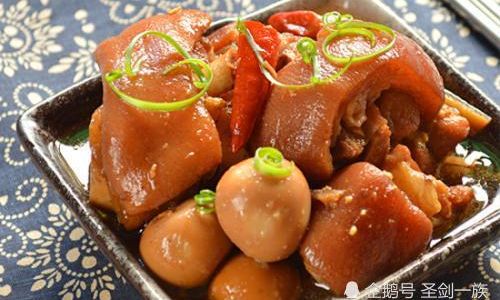
- 2 lbs fresh pig’s trotters (preferably front trotters, known for their meatier texture)
- 24 quail eggs (fresh or boiled, peeled)
- 4 tbsp vegetable oil (or peanut oil for a deeper flavor)
- 6 garlic cloves (minced)
- 4 slices fresh ginger (peeled and thinly sliced)
- 2 scallions (chopped, white and green parts separated)
- 3 tbsp dark soy sauce (for color and umami)
- 2 tbsp light soy sauce (for saltiness)
- 1 tbsp oyster sauce (for sweetness and depth)
- 1 tbsp rock sugar (or brown sugar)
- 4 cups chicken or pork broth (low-sodium, homemade preferred)
- 2 star anise pods
- 1 cinnamon stick (3 inches long)
- 1 tsp Sichuan peppercorns (optional, for a mild numbing heat)
- 1 tbsp Shaoxing wine (or dry sherry)
- Salt and white pepper (to taste)
- 1 tbsp cornstarch (mixed with water, for thickening, optional)
Optional Additions:
- Dried chili peppers (for heat)
- Wood ear mushrooms (rehydrated, for texture)
- Baby bok choy (blanched, for a vegetal contrast)
Preparation: The Foundation of Success
-
Cleaning the Pig’s Trotters:
Rinse the trotters under cold water, scrubbing away any residual hair or dirt. Use a sharp knife to scrape off any stubborn impurities. For added thoroughness, blanch the trotters in a pot of boiling water for 5 minutes, then drain and rinse again. This step removes excess fat and ensures a cleaner broth. -
Preparing the Quail Eggs:
If using fresh quail eggs, boil them in a pot of water for 4–5 minutes, then transfer to an ice bath to cool. Gently tap the shells to crack them, then peel under running water to remove the shells intact. Set aside. -
Aromatic Base:
In a large Dutch oven or heavy-bottomed pot, heat the vegetable oil over medium heat. Add the ginger slices, minced garlic, and white parts of the scallions. Sauté until fragrant, taking care not to burn the garlic.
Cooking Process: The Alchemy of Time and Heat
-
Searing the Trotters:
Add the cleaned trotters to the pot, searing them on all sides until golden brown. This step caramelizes the natural sugars in the meat, enhancing the stew’s depth of flavor. -
Deglazing and Seasoning:
Pour in the Shaoxing wine, scraping the bottom of the pot to release any browned bits. Add the dark soy sauce, light soy sauce, oyster sauce, and rock sugar. Stir gently to coat the trotters evenly. -
Braising the Trotters:
Pour in the chicken or pork broth, ensuring the trotters are submerged. Add the star anise, cinnamon stick, and Sichuan peppercorns (if using). Bring the liquid to a boil, then reduce the heat to a gentle simmer. Cover the pot and let the trotters braise for 1.5–2 hours, or until the meat is tender enough to pull away from the bone. -
Adding the Quail Eggs:
Once the trotters are tender, gently add the quail eggs to the pot. Simmer for an additional 15–20 minutes, allowing the eggs to absorb the flavors of the stew.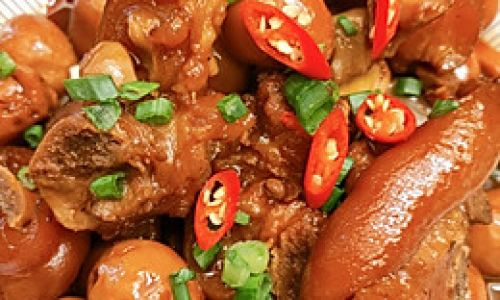
-
Thickening the Sauce (Optional):
For a richer consistency, stir in the cornstarch slurry and cook for 2–3 minutes until the sauce thickens. Adjust seasoning with salt and white pepper to taste.
Serving Suggestions: Elevating the Dish
Quail egg stewed pig’s trotters is a versatile dish that pairs beautifully with steamed jasmine rice, egg noodles, or even crusty bread to soak up the savory broth. Garnish with the reserved scallion greens and a sprinkle of toasted sesame seeds for a pop of color and texture. For a complete meal, serve alongside blanched greens like bok choy or stir-fried Chinese broccoli.
Health Benefits: Nourishment Meets Flavor
Beyond its decadent taste, this stew offers notable health benefits. Pig’s trotters are rich in collagen, a protein that supports skin elasticity and joint health. Quail eggs are a nutritional powerhouse, packed with vitamin B12, selenium, and antioxidants. The slow-cooking method preserves these nutrients while creating a dish that is both comforting and wholesome.
Cultural Significance: A Dish of Tradition
In Chinese culture, pig’s trotters symbolize prosperity and abundance, often served during Lunar New Year celebrations. The quail eggs, with their golden yolks, represent fertility and good fortune. This dish, therefore, carries both culinary and cultural weight, embodying the values of family, heritage, and togetherness.
Variations and Modern Twists
While the classic recipe is timeless, home cooks often experiment with regional variations. In Cantonese cuisine, fermented bean paste or black vinegar may be added for a tangy kick. Sichuan cooks might incorporate doubanjiang (spicy chili bean paste) and extra Sichuan peppercorns for a fiery twist. For a lighter version, substitute half the broth with coconut water, lending a subtle sweetness to the stew.
Troubleshooting: Common Pitfalls and Solutions
- Tough Trotters: Ensure the trotters are simmered gently, not boiled vigorously. If time permits, extend the braising time by 30 minutes.
- Overcooked Quail Eggs: Add the eggs during the final 20 minutes of cooking to prevent them from becoming rubbery.
- Too Salty: Balance the seasoning by adding a splash of water or unsalted broth. For a quick fix, slice a raw potato into the stew—it will absorb excess salt.
Conclusion: The Reward of Patience
Quail egg stewed pig’s trotters is a labor of love, demanding time and attention but rewarding the cook with a dish that is both impressive and deeply satisfying. Whether enjoyed during a festive feast or a quiet family dinner, this stew transcends its humble ingredients to become a culinary masterpiece. So, gather your apron, sharpen your knife, and embark on a journey to savor the magic of slow-cooked tradition. Your taste buds—and your guests—will thank you.
Final Tip: Leftovers taste even better the next day, as the flavors meld and intensify. Store in an airtight container and reheat gently on the stove, adding a splash of water if needed.
This dish, with its layers of flavor and texture, is a testament to the art of Chinese home cooking. Master it, and you’ll not only create a meal but also a memory that lingers long after the last bite.
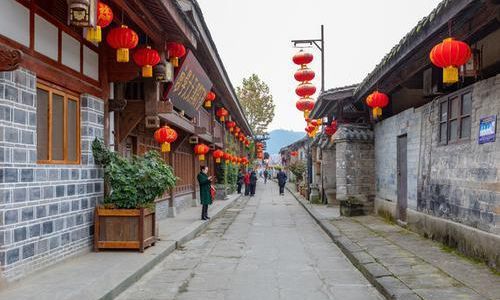


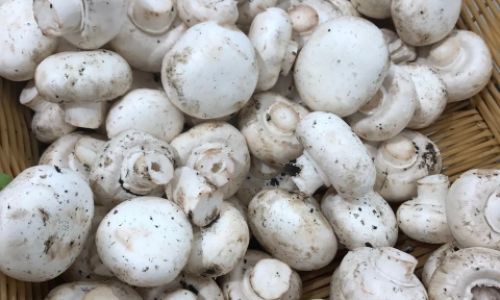
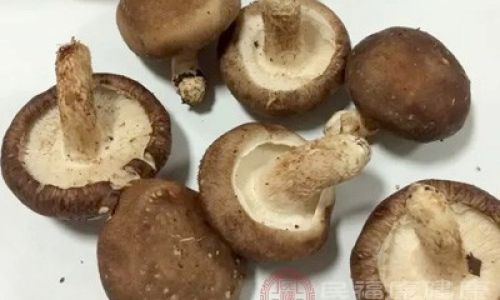
0 comments